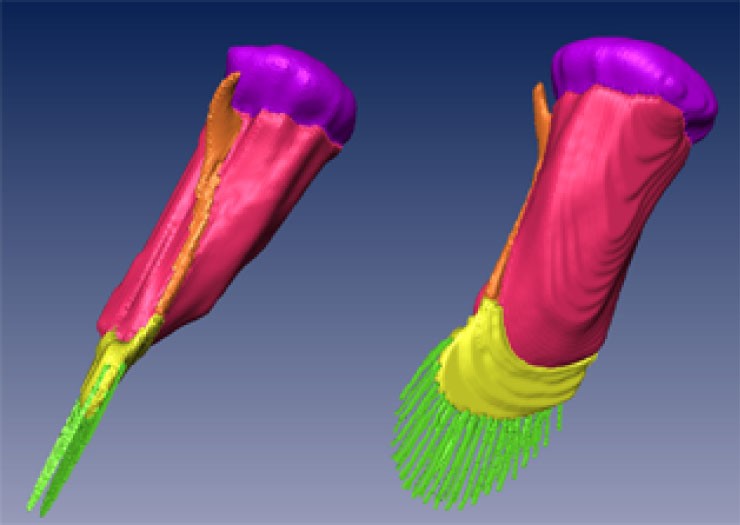Elke Buschbeck
Study Behavior at the University of Cincinnati
Applications for the graduate program are due by Feb. 1
Our group consists of highly interactive faculty, graduate students and postdocs, studying behavior at all levels of organization, with a focus on ecological and evolutionary questions. We offer competitive student stipends, state of the art facilities, and access to diverse field sites. Visit our department's web site (artsci.uc.edu/departments/biology), or contact individual faculty for more information. Our faculty with close ties to behavior include:
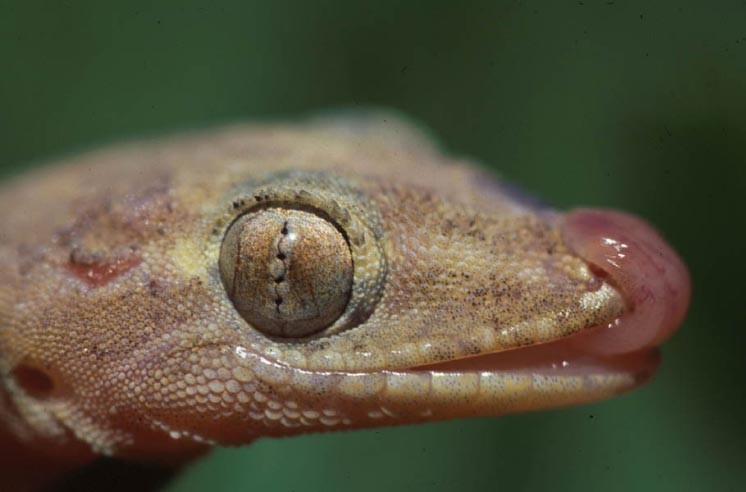
Buschbeck, Elke K.
Evolution of the insect visual and other sensory systems: Neuroethology, anatomy, physiology, optics, behavior, invertebrate systematics and evolution.
Cameron, Guy N.
Spatial patterns, habitat selection, and resource utilization by small mammals in heterogeneous and fragmented landscapes; foraging behavior and nutritional landscapes.
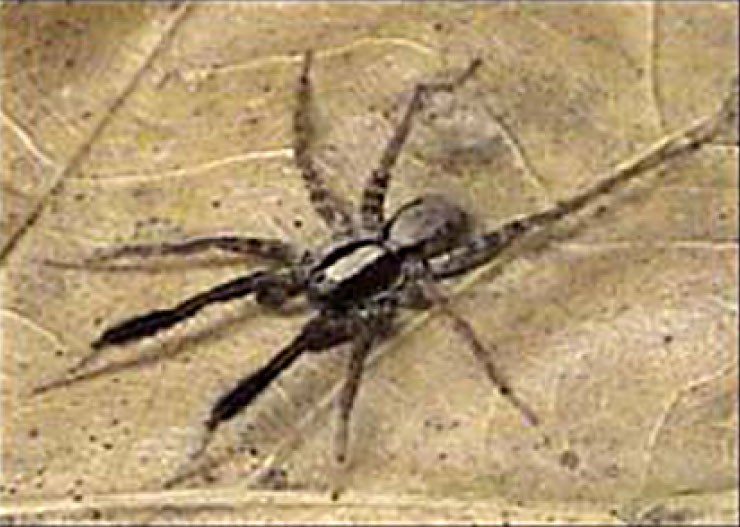
Griff, Edwin R.
Neurobiology and electrophysiology of the vertebrate olfactory bulb and retina; interactions between photoreceptors and the retinal pigment epithelium.
Jayne, Bruce C.
Functional morphology; evolution of behavior, structure and function; neuromuscular basis of the locomotion of ectothermic vertebrates; herpetology; natural history and ecology of reptiles.
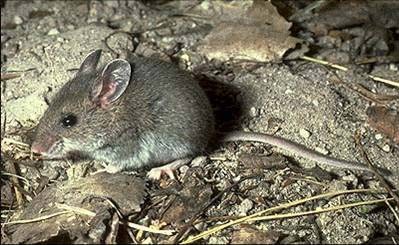
Layne, John E.
Behavioral neurobiology and sensory ecology, focusing on vision, including, vision of natural scenes, ecology of photoreceptor dynamics, control systems in visual guidance, and animal orientation and navigation.
Petren, Kenneth
Ecology and evolution of vertebrates; behavioral mechanisms of invasion, landscape genetics of dispersal and speciation.
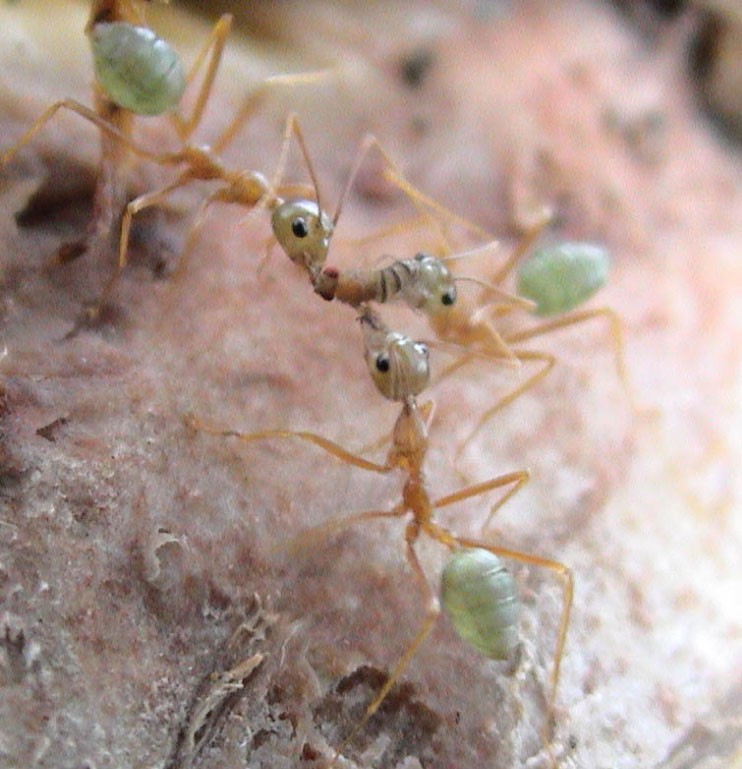
Polak, Michal
Insect behavioral ecology, sexual selection, ecological and behavior genetics, fluctuating asymmetry, evolutionary ecology of host-parasite interactions.
Rollmann, Stephanie M.
Behavioral genetics and genomics; Chemosensory behavior; Evolutionary biology
Uetz, George W.
Behavioral ecology of spiders: multi-modal communication (visual and seismic/vibratory signaling) and sexual selection; the role of illegitimate receivers (competitors and predators) in the evolution of signals; ecology and evolution of colonial web-building and social behavior.
